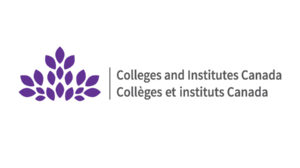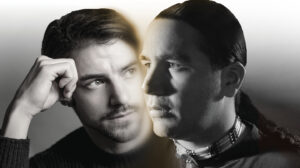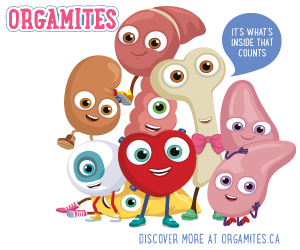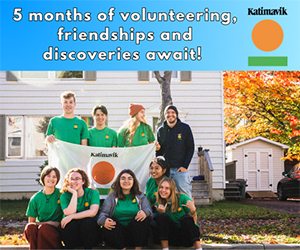What is childhood trauma?
Trauma comes from the experience of a deeply disturbing or distressing event. In many cases trauma is built on a series of events. The traumatic experience(s) often translate into feelings of intense fear, helplessness, and isolation. Trauma survivors can feel the disarming impact of a loss of control as well as a sense of shame, as if they were somehow responsible for the trauma that has come their way.
Many trauma victims can trace their experiences back to childhood. The statistics are alarming: as many as two thirds of children have dealt with some type of trauma before they reach the age of 16 with that number rising to around 85% for those in the child welfare system.
Trauma can be imposed on a child in the form of physical, emotional, or sexual abuse. Because children are still forming attachments to their caregivers and other people in their lives, any violation of trust can have profound and long-lasting impacts. In other words, childhood trauma can shape a child’s personality and influence their behaviour as they move through life.
Sometimes students come to the guidance counsellor’s office to share a sense of fear, helplessness, loss of control, or shame. Counsellors should be aware that, in some cases, this may be an expression of childhood trauma.
Let’s ask an expert about trauma
Leticia Gracia is the Director of Childhood Trauma and Attachment at the George Hull Centre, an organization that specializes in children’s mental health. We posed these questions to her to give guidance counsellor’s the best possible information when dealing with students who have experienced childhood trauma.
How can Guidance Counsellors help students who have experienced childhood trauma?
The first thing a counsellor can do is be a calm, caring and compassionate listener. The second thing a counsellor can do is to be aware that a student’s demonstration of fear, anger, and helplessness may be rooted in some form of trauma. It is not incumbent upon the guidance counsellor to seek an explanation for the trauma, but simply to understand that the symptoms of trauma may be expressing themselves when some students visit their office. If the student does tell you about the trauma, reassure them that this is a common experience, that it is common to have painful symptoms after trauma, and that there is good and effective help for these experiences.
Do you have any warnings for guidance counsellors who encounter students who have experienced trauma?
A competent guidance counsellor is someone who knows their limitations. This is one area where a counsellor needs to simply observe and defer to professionals, because navigating the turbulent waters of childhood trauma requires the efforts of a skilled psychologist, psychiatrist, or psychotherapist. In other words, acknowledge the trauma, listen to the student, and let someone who is trained in childhood trauma response do the heavy lifting with their patient.
How can counsellors distinguish between a student simply experiencing fear or helplessness vs. childhood trauma? What should they be on the lookout for?
Counsellors should keep an eye out for extreme expressions of fear, anger, helplessness, loss of control, etc. They should also look for behaviours associated with trauma victims. These include:
- Learning difficulties
- Lower grades
- Suspensions from school
- Run-ins with the law
- Poor physical and/or mental health
- Low mood / depression / loneliness
- Eating disorders
- Self-harm
- Alcohol and/or drug abuse
- Risky behaviour (including risky sexual behaviour)
- Difficulties in relationships
- Problems with emotional or behavioural regulation
- Episodes of hypervigilance or dissociation (looks like day dreaming)
- Getting triggered by seemingly innocuous events, like voices raised, touch, smells, certain people or personalities
Of course, the difficulty here is that these behaviours may represent any number of issues a student may be dealing with. Ultimately the counsellor will be as empathetic as possible, knowing that these behaviours may be the result of a traumatic event(s).
Who should counsellors refer a student to when it comes to managing childhood trauma?
Assuming a student reveals a traumatic experience to you, be prepared to activate supports to help the student. These include:
- Notifying the parent(s) or guardian(s)—provided this does not jeopardize the safety of the student in cases where a family member may have been responsible for the trauma.
- The school team, psychologist, social worker or child and youth worker. As usual, confidentiality should be a priority.
- Encouraging the family to seek a mental health referral through their family doctor.
Next steps
Childhood trauma is a very sensitive mental health situation. Guidance counsellors can become informed about the topic by reading articles like this or seeking more information from reputable sources.
Final thoughts
This Peace of Mind feature is designed to help guidance counsellors recognize that some students will arrive in their office showing signs of childhood trauma. These may appear in the form of fear, anger, or a loss of control. A counsellor’s job is to simply listen. Childhood trauma is a deep and layered psychological issue that may require professional intervention. As usual, the guidance counsellor should be cautious not to try to play the role of psychotherapist with their students. Instead, they can work with the student, their families, the school team, and professionals to help the young person navigate through their challenges.
By: Sean Dolan











